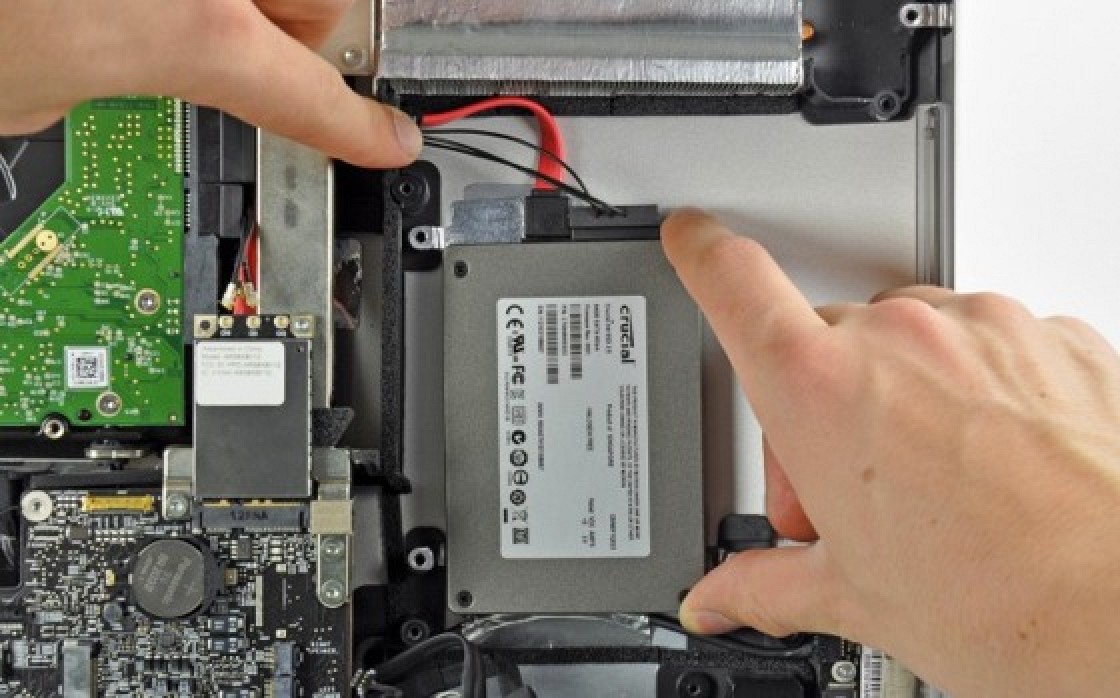High Sierra is an update of MacOS which focuses mostly on back-end developments and a higher level of user security. As such, this operating system lays a foundation for future upgrades. Get the best deals on Apple MacBook Air macOS 10.13, High Sierra 8GB Laptops and find everything you'll need to improve your home office setup at eBay.com. Fast & Free shipping on many items!
My wife was ignoring nagging messages to update macOS Sierra on her 2011 MacBook Air so I did it for her, all good.
Macos High Sierra Macbook Air Download
I then installed the recommended update to High Sierra, when disaster struck. It was unusable, dreadfully slow, CPU activity at 300-500%, worked okay in Safe Mode.
After days of trying to work out how to revert to an earlier version, I installed El Capitan in a roundabout way. No installer would ever complete, so I installed El Capitan on a USB stick (installed it, not made an installer), then cloned that onto another. I then booted the MacBook into the first USB stick, then cloned the second stick onto the internal SSD after first erasing its contents with Disk Utility.
Macos High Sierra Macbook Air 2011
So—I thought—I basically had a fresh install of El Capitan starting from a clean slate.
For good measure I performed PRAM and SMC resets, so this is as close to a factory reset as you can get.
Yet.. on rebooting, the MacBook is just as slow as it was after updating to High Sierra.
Activity Monitor reports %CPU at 400-500% with no apps open (except activity monitor) though no individual process is using very much at all.
In Safe Mode the figures look entirely normal and the laptop is responsive, except for so much screen flickering that it's not a viable alternative.

I'm at a complete loss now as to what to do next.
Are there any next steps?
Posted on Jan 28, 2018 2:21 PM

